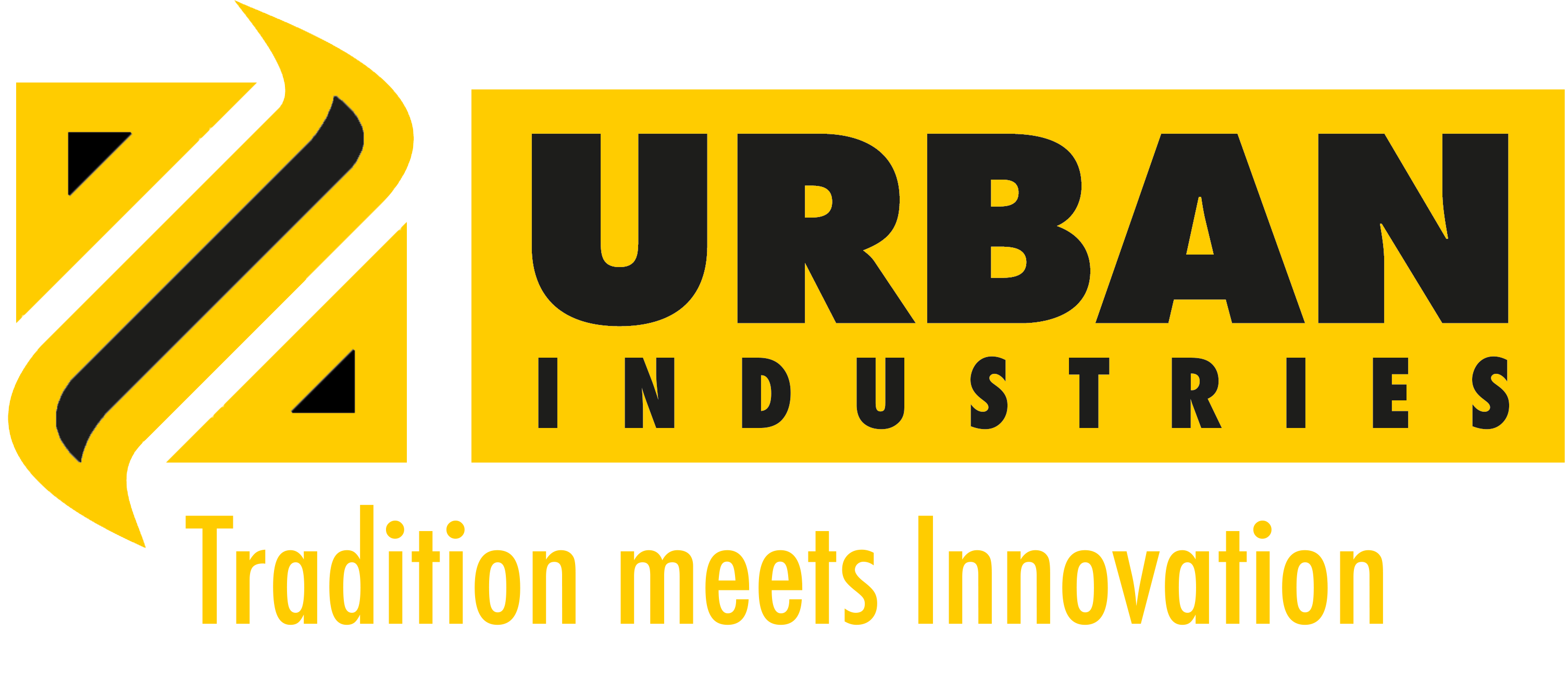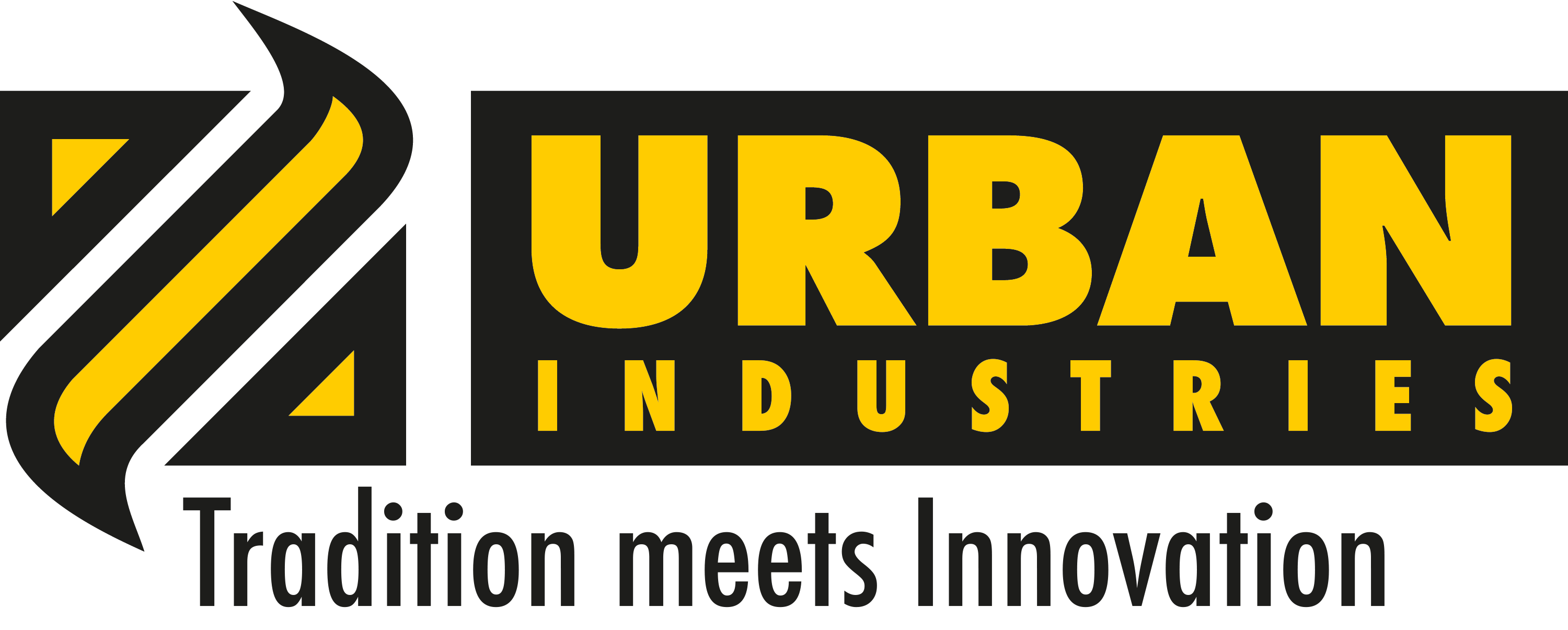Vehicle armor kits
Comprehensive protection for every threat
Vehicle armor kits provide comprehensive protection panels for the sides, roof and underbody of vehicles to protect crew and critical systems from danger. They are used in military, law enforcement and civilian applications and combine advanced materials, innovative designs and precision manufacturing.
What are vehicle armor kits
Vehicle armor kits consist of modular protection panels that can be installed at various points on a vehicle. The main components are
- Side panels: Protect the vehicle walls from side attacks and fire.
- Roof panels: Provide protection against threats from above, such as artillery fragments or attacks from the air.
- Underbody panels: Protect against mines, booby traps and other explosives that detonate underneath a vehicle.
These kits are specifically designed to maximize a vehicle’s protection capability without significantly compromising its mobility or payload capacity.
Materials in vehicle armor kits
Modern vehicle armor kits are based on high-tech materials that provide both protection and lightweight construction:
- Steel: Provides high protection and is often used for underbody panels.
- Ceramic: Extremely resistant to shelling, ideal for side and roof panels.
- Composite materials: Combinations of polymers and Kevlar offer an optimum balance between weight and protection.
- Titanium: Particularly light and robust, used in specialized applications.
The choice of material depends on the specific threats and requirements of the area of application.
Areas of application for vehicle armor kits
Vehicle armor kits are used in many areas:
- Military: Protection of armored personnel carriers, armored vehicles and supply units.
- Police: armoring of emergency vehicles for protection during demonstrations or armed conflicts.
- Civilian applications: Protection vehicles for VIPs, journalists or humanitarian organizations in crisis areas.
- Special vehicles: rescue services and vehicles operating in hazardous environments.
In every scenario, vehicle armor kits ensure that occupants and critical systems are protected in the best possible way.
Construction and integration:
The design of modern vehicle armor kits requires precise planning in order to harmonize protection, weight and functionality:
- Modular design: Armor kits consist of individual panels that can be easily installed or replaced.
- Precisely fitting production: Each kit is developed specifically for the vehicle type to ensure seamless integration.
- Shock absorption: Underbody panels are equipped with damping elements to absorb the energy of mine explosions.
- Easy retrofitting: Many kits are designed to upgrade existing vehicles without the need for a new design.
Thanks to modern CAD software and simulation tools, armor kits can be optimally adapted to specific deployment scenarios.
Advantages of modern vehicle armor kits
- Maximum protection: Effective defense against bullets, explosions and splinters.
- Flexibility: Modular kits can be adapted to different vehicle types.
- Weight reduction: Advanced materials ensure a lower weight with the same level of protection. protection.
- Durability: High-quality materials and coatings guarantee a long service life, even under extreme conditions.
Modern vehicle armor kits also offer protection against a variety of new threats, such as improvised explosive devices (IEDs).
Challenges and future trends
The development of vehicle armor kits faces various challenges, including
- Weight management: Protection must not come at the expense of mobility.
- Costs: State-of-the-art materials such as titanium or composite materials are expensive.
- Compatibility: Kits must be usable for different vehicle platforms.
Future trends focus on:
- Nanomaterials: Even more resistant and lighter armor materials.
- Active protection systems: Technologies that ward off threats before they reach the vehicle.
- Autonomous vehicles: Armor kits for unmanned vehicles operating in hazardous areas.
Conclusion
Vehicle armor kits provide comprehensive protection for the sides, roof and underbody of vehicles. They combine advanced materials, precision manufacturing and innovative designs, to ensure maximum protection without compromising mobility. Whether in military, police or civilian applications, vehicle armor kits are an indispensable solution for protection in hazardous environments.

